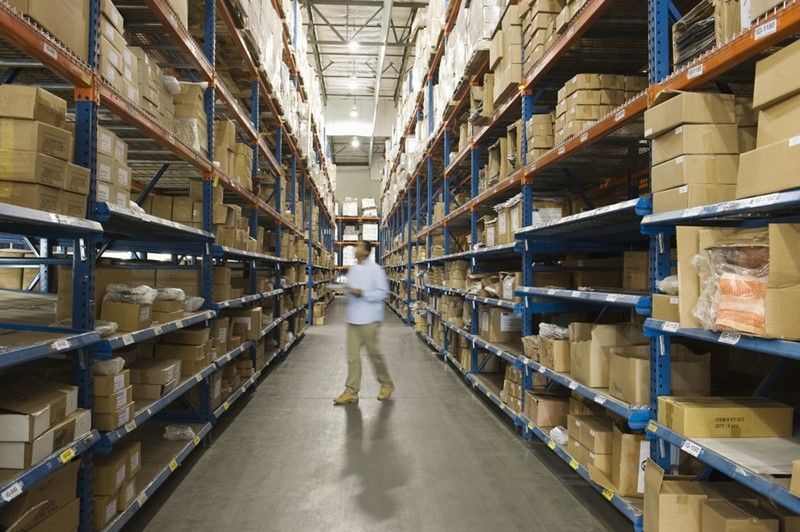Although there is a well-established direct supply chain for asset procurement, many manufacturers, retailers, businesses and government agencies have recognized the growing need for reverse logistics solutions.
For example, according to Allied Market Research (Reverse Logistics Market by Return Type: Global Opportunity and Industry Forecast 2021-2028), the global reverse logistics market is expected to reach $958 billion by 2028, growing at a Compound Annual Growth Rate (CAGR) of 5.6% from 2021 to 2028.
The retail industry, according to a Q4 2021 returns survey from Appriss Retail and the National Retail Federation (Customer Returns in the Retail Industry 2021), estimates that approximately $761 billion in merchandise is returned annually, representing nearly 17% of total sales.
In addition, Liquidity Services estimates that at least $100 billion of these returns move through secondary markets, with the remaining volume returning to retailers’ shelves or being sold through discount retailers.
Reverse logistics
Estimates based on reports from the Bureau of Economic Analysis (BEA), the U.S. Census Bureau and the World Bank indicate that the global used equipment market is valued at approximately $350 billion.
Traditionally, the management and remarketing of surplus assets has been an inefficient process.
While many organizations invest considerable resources in developing systems and channels that support the flow of finished goods to their core customers, as well as developing equipment and asset procurement processes to support their operations, Liquidity Services believes that many have not historically invested resources in the reverse supply chain in the same way as they have in the direct supply chain.
Factors contributing to these inefficiencies in the reverse supply chain include the lack of:
- A centralized, global marketplace to sell bulk products, as well as machinery and equipment in the reverse supply chain.
- Knowledge of effective methods and mechanisms for disposing of surplus assets.
- Expertise in managing the reverse supply chain to seek optimal net returns and improve gross margins.
- Real-time market data on surplus assets.

